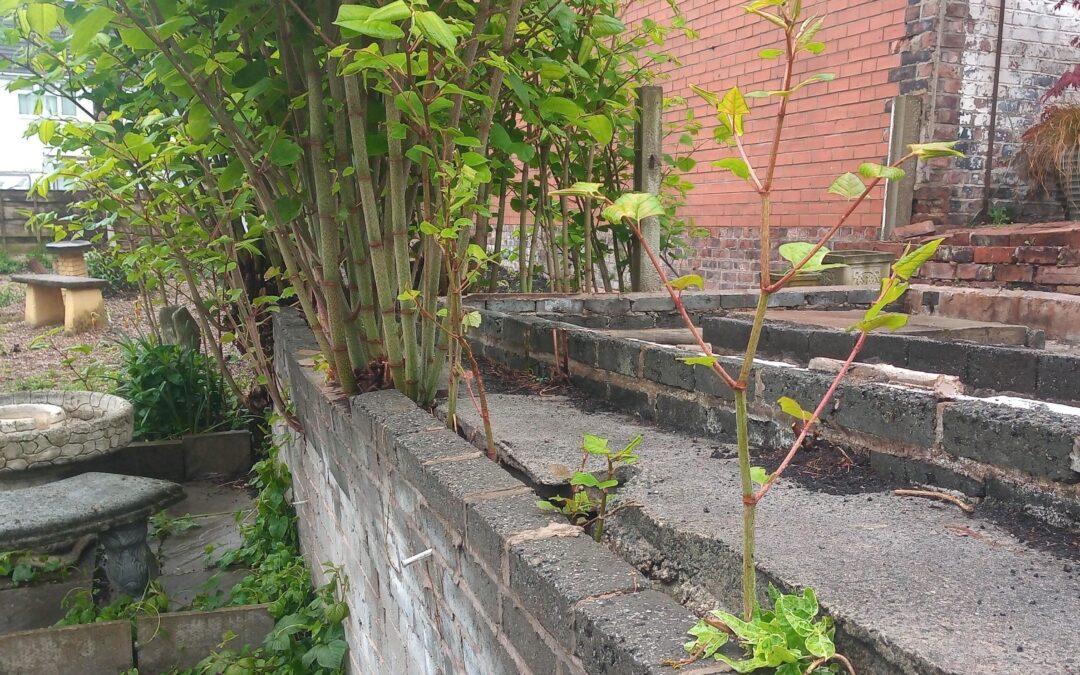Japanese Knotweed is an invasive plant species that has become a global problem. This article explores the history of Japanese Knotweed and how it has spread around the world.
Japanese Knotweed (Fallopia japonica) is an invasive plant species that is native to Asia. It was introduced to Europe and North America in the early19th century as an ornamental plant. However, its aggressive growth and invasive nature have made it a significant problem in many countries. In this article, we will explore the history of Japanese Knotweed and how it has become a global problem.
The History of Japanese Knotweed:
Japanese Knotweed was first described by Philipp Franz von Siebold, a German physician, in the 1850s. He had been living in Japan and studying the country’s flora and fauna. Von Siebold was struck by the plant’s beauty and brought it back to Europe as an ornamental plant.
The plant quickly became popular in Europe due to its attractive appearance and hardiness. It was also used for erosion control and to stabilize riverbanks, and railway embankments In North America, it was introduced as an ornamental plant in the late 1800s.
However, it wasn’t until the 20th century that the plant’s invasive nature became apparent. Japanese Knotweed can grow up to 10cm per day, and it spreads rapidly through underground rhizomes. It is difficult to control and can quickly take over an area, outcompeting native plants and causing significant ecological damage.
How Japanese Knotweed Became a Global Problem:
Japanese Knotweed is now a global problem, and it has spread to many countries around the world. Its spread is largely due to human activities, such as:
- Horticulture: Japanese Knotweed is still sold as an ornamental plant in some countries, and it can spread from gardens and parks into the wild.
- Construction: The plant can grow through cracks in concrete and tarmac, and it is often spread through soil movements during construction work.
- Transportation: Japanese Knotweed can spread through waterways, and it can also be transported on vehicles, machinery, and other equipment.
The impact of Japanese Knotweed:
Japanese Knotweed can cause significant ecological damage, and it can also have a negative impact on human activities. Some of the impacts of the plant include:
- Damage to buildings: The plant’s strong roots can damage foundations, walls, and drainage systems.
- Ecological damage: Japanese Knotweed outcompetes native plants, reducing biodiversity and causing significant ecological damage.
- Economic costs: The cost of controlling Japanese Knotweed can be significant, and it can also impact property values.
Frequently Asked Questions:
Q: Is Japanese Knotweed dangerous to humans? A: Japanese Knotweed is not dangerous to humans, but it can cause problems for buildings and other infrastructure.
Q: Can Japanese Knotweed be controlled? A: Yes, Japanese Knotweed can be controlled, but it is difficult to eradicate. Chemical treatments, excavation, and burying the plant are some of the methods used to control it.
Q: Should I plant Japanese Knotweed in my garden? A: No, it is not recommended to plant Japanese Knotweed in your garden. It is an invasive species that can cause significant damage.
To conclude
The history of Japanese Knotweed is a cautionary tale about the unintended consequences of introducing non-native species to new environments. What started as a popular ornamental plant has become a global problem that is difficult to control. As we continue to develop and transport goods around the world, we need to be aware of the potential impacts of introducing new species to our environments. Controlling the spread of Japanese Knotweed will require a concerted effort from governments.
